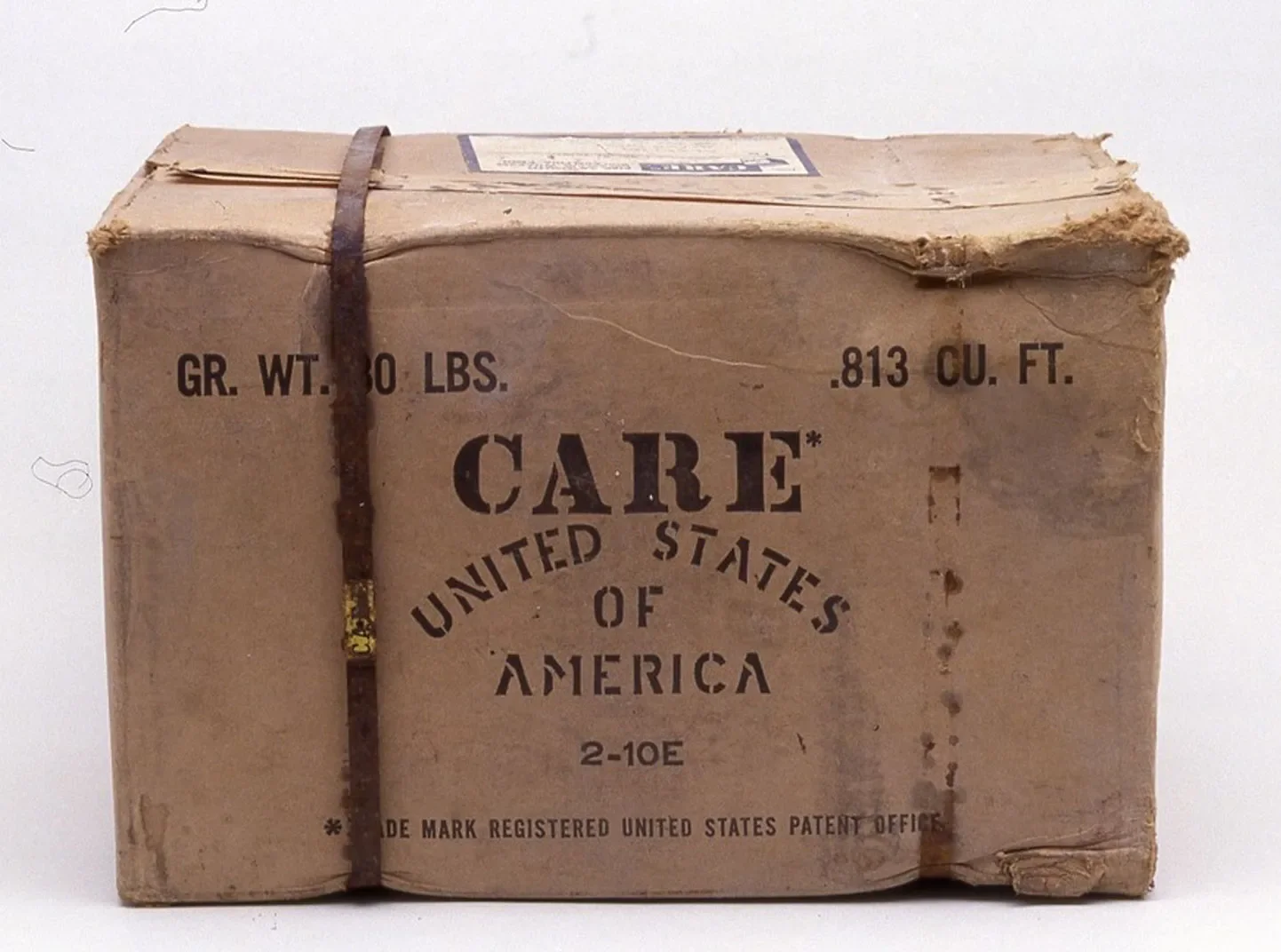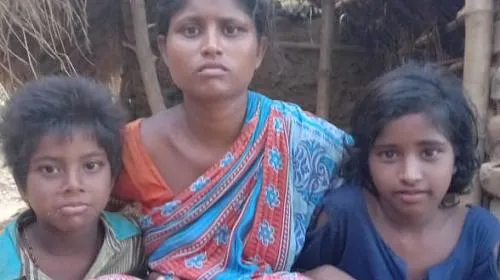BHUBANESHWAR (May 16, 2019) — CARE is distributing shelter and hygiene kits to over 10,000 households affected by Cyclone Fani, focusing on women and girls who are disproportionately affected by the disaster.
Cyclone Fani made landfall in eastern India on May 3 and was one of the strongest storms to have hit the country in decades. The storm tore through coastal Odisha, leaving over 500,000 people homeless and displaced. Over 300,000 mud huts with hay or asbestos or corrugated-sheet roofs have completely collapsed. Shelter is one of the biggest concerns of the survivors, as they start finding their way to normalcy.
CARE is reaching out to 10,000 households in the Puri and Khorda districts of Odisha – the most marginalized communities living in the most remote areas. CARE teams are also focused on women and girls who are hardest hit in crises and natural disasters.
CARE’s strategy “is firmly based on providing gender-based response during disasters,” said Md Wasi Alam, the acting head of CARE India’s disaster management unit. “Our relief kits are customized to meet these requirements. In Puri and Khordha, there is an urgent need for everyday materials like ropes, tarpaulin and floor mats, while women and girls need sanitary napkins and towels.”
Since water sources are contaminated with debris, water purification tablets have also been included in CARE relief kits.
“Crops, acres of agricultural fields and road-side shops have been obliterated,” Alam added. “The entire fishing community in Puri has lost its habitations and fishing equipment. This has a serious impact on their income and food security. While addressing the gender specific requirements of women and girls, CARE India will also try and meet the healthcare requirements of adolescent children, lactating mothers and pregnant women.”
Open defecation is also a concern since toilets have been damaged and those still being used don’t have fresh water supply.
“CARE India will start rebuilding and recovery activities soon with 5,000 households insuring that the local communities are engaged in the reconstruction and cleaning activities, giving them a source of income,” explained Shantamay Chatterjee, CARE India’s regional program director based in Bhubaneshwar.
CARE has been responding to natural disasters across India for decades including the Super Cyclone in 1999 of similar intensity which ravaged Odisha as well as the Bhuj earthquake and the tsunami response in Tamil Nadu where CARE India was involved for over a decade in relief, recovery and rehabilitation.
About CARE:
Founded in 1945 with the creation of the CARE Package®, CARE is a leading humanitarian organization fighting global poverty. CARE places special focus on working alongside women and girls because, equipped with the proper resources, they have the power to lift whole families and entire communities out of poverty. That’s why women and girls are at the heart of CARE’s community-based efforts to improve education and health, create economic opportunity, respond to emergencies and confront hunger. Last year CARE worked in 93 countries and reached more than 63 million people around the world. Learn more at care.org.
Media contact:
Nicole Harris, 404-735-0871, nharris@care.org

